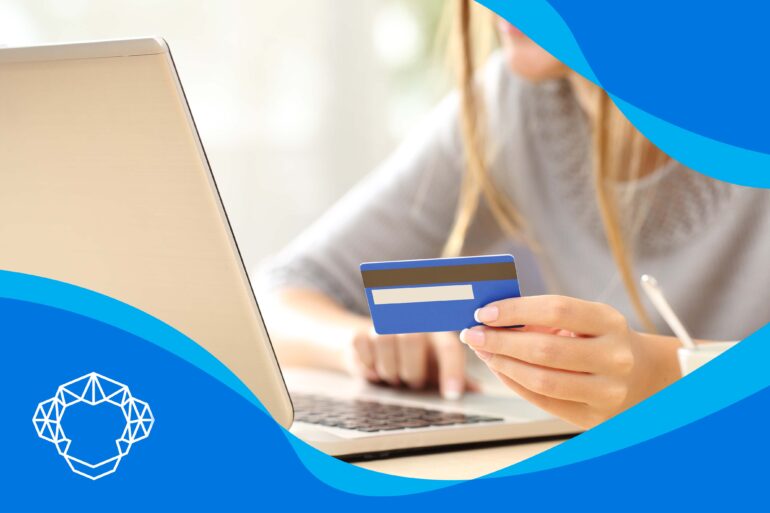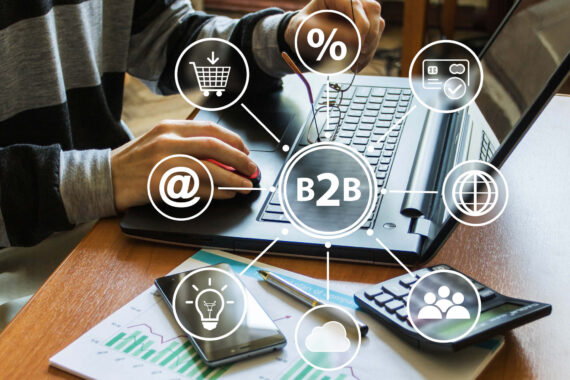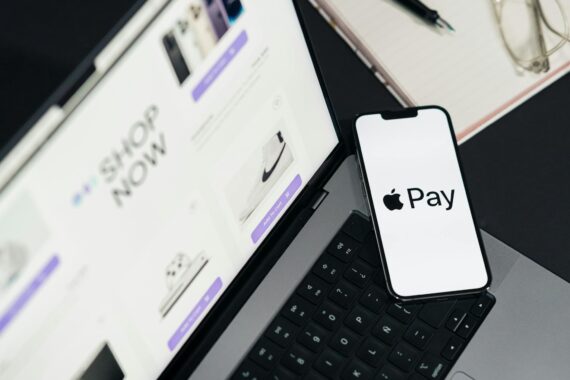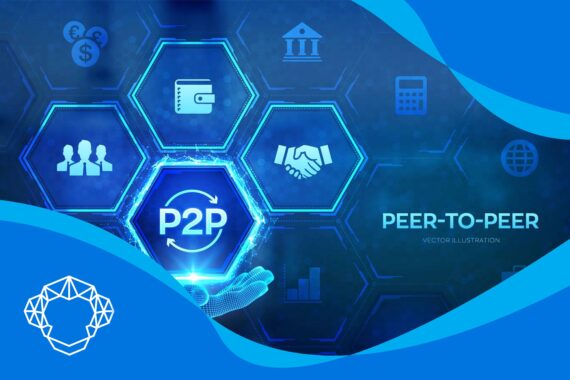The world of internet shopping is vast, and in order to stand out among the crowd, your e-commerce website should offer no less than an excellent user experience. So what are the characteristics of e-commerce that you should strive for?
Expanding your business and staying relevant can not be done without a strong internet presence. But the world of internet shopping is so vast it’s almost scary. In fact, the statistics for 2021 show that online retail sales were approximately $5.2 trillion globally. This number is also estimated to reach $8.1 trillion by 2026. Basically, there are a lot of shopping sites that can be set as prime examples of how to do it the right way. So let’s see what characterizes a website with a well-thought-out design and great user experience.
E-Commerce Definition – The Essence of Internet Shopping
So, what is e-commerce, and what in the world does it have to do with merchant services and credit card processing companies? E-commerce, or simply Electronic Commerce, is the process of transactions for products and services over the internet. Any other type of transaction involving funds, money, and information is also considered to be part of this type of commerce. There are several features that define it, and they include the following:
- All of the tools for business are electronically based, while their application is commerce (trading of services and products)
- The business is focused externally on its audience (it can be clients or other businesses, depending on the EC type)
- The majority of transactions are automatically processed (most sites use best credit card processing available)
- Incorporates a wide scope of different support services, such as online directories, and inter-organizational email.
Research the Types of Internet Retail Before You Venture Into It
The world of online shopping is growing in importance. In fact, data published by Statista shows that retailing has seen an increase in the relevance of internet sales. Nearly 19% of all retail sales worldwide in 2021 were made online. According to projections, the online market will account for about a quarter of all retail sales worldwide by 2026. It’s no wonder most businesses want a piece of this profitable cake and are reconsidering online shopping vs. traditional shopping.
However, if you are a new enterprise owner or you haven’t ventured into online retail waters before, the chances are you haven’t exactly established your target market. There are three basic models, and they are based on the audience you’re trying to reach. You can choose from the following options of different types of businesses:
- B2C or Business-to-consumer,
- B2B or Business-to-business,
- And B2G or Business-to-government or organization.
The Characteristics of Each E-commerce Model
One of the main characteristics of b2c e-commerce is that you, as an enterprise, sell directly to the consumer. If you sell a subscription, which includes a recurring payment from the customer, each subscription is sold individually. This model is easy to understand, it has a simple target market, and the cycle for sales is short.
When talking about the characteristics of b2b e-commerce, you should understand that its target market is other businesses instead of individual clients. Some experts consider B2B and B2G as parts of one group. Whether you aim at other businesses or you’re considering targeting organizations and the government, you should be aware that your target market is much more complex. The sales cycles are long, and you should also develop a more niche marketing strategy that is specifically focused on trade channels.

One of the Main Characteristics of E-commerce Is Simplicity of Design
Having an extravagant design can be eye-catching, and it is probably also spot on, but only if you plan to promote your art. However, in terms of a good shopping experience, you will want to keep it clean and simple and not confuse your visitors. The point is to keep your visitors focused on the products and services you are trying to sell instead of driving their focus away to the design itself. The other point of having a simple design is perhaps the more important one – simpler websites run faster. So, think of all the things that are mandatory to incorporate – credit card processing, shopping carts, and above all, adding a payment gateway.
Customers Leave and Cancel Orders Because of Bad Site Performance
The speed of a website and its overall performance tend to be the main difference in lowering the bounce rate (the percentage of visitors that leave the first page without viewing the second). And don’t let anyone fool you – it won’t depend on the fact that you didn’t understand whether adding a payment gateway and a payment processor will slow down your website, as its overall performance is based on a number of things. But nonetheless, keeping customers will heavily rely on speed. And if you need some more data to back this claim, here it is:
- One in every four visitors abandons a web page that requires more than 4 seconds to load.
- A shocking percentage of 46% of visitors won’t revisit websites with poor performance.
- 64% of customers will shop somewhere else next time if they are dissatisfied with their visit.
- It takes only 1 second of delay to reduce consumer satisfaction by 16%.
The following video shows many web page design examples that should do the trick.
Branding Is One of the Key Factors
Brands often influence consumer choices when it comes to shopping, and it’s the essential reason to start building your brand from the start. This is especially important if you’re planning on having a brick-and-mortar store along with the online retail option. So, not only should you apply for a payment gateway and a merchant account, but also build a branding and marketing strategy, and it should all work in unison towards the common goal.
Since you won’t have the benefit of long-term trust from customers on your side (since you are creating a new image and a new name,) you should approach branding with care. It’s a long-term goal, one you should start by creating a powerful brand image that you will later incorporate everywhere and use consistently. It should be everywhere – from your social media presence to any other marketing material.
Your Websites and All Social Media Posts Should Have High-Quality Photos
One of the downsides (at least from the consumers’ point of view) of online retails is that you can not test and feel the product in person. The fact that you can try on and see the product for yourself is probably the biggest advantage of a brick-and-mortar location, as opposed to online retail. However, to work around it, you should try to avoid the common mistakes owners make, and that’s not investing enough in images and videos.
The high-quality images should portray each product adequately and accurately to help customers make decisions and purchases easier. This will also help (or hinder) your branding because the customers will judge you based on images and how you present what you sell. They usually associate high-quality photos with high-quality products, so this should also be an important part of your marketing strategy. If they like what they see, it’s more likely that they will make a purchase.

Genuine Social Proof From Consumers
Skepticism from consumers is a common thing – they are likely not to place trust in an unknown brand. So basically, you should provide any kind of social proof (or all of them) in order to convince consumers you are legit, so you can gain a steady customer base. This proof can include the following:
- Actual user ratings and reviews. Most potential shoppers want to read real reviews for products and services from other shoppers. This can significantly influence their decision and trust.
- Quotes and testimonials from other shoppers. Keep in mind that making a showcase of consumer testimonials can only boost the trust you establish with your target audience.
- Recommendations from other trustful websites and other sources (including media coverage). The exposure you’ve earned elsewhere will also help you gain trust and lead consumers to like your brand more.
Easy Navigation Is the Key
Whether you want to start a dropshipping business (in case you understand what dropshipping is) or you have other small business ideas, keep in mind that consumers will appreciate easy navigation on your website. Think of it this way – if you put yourself in the client’s shoes, you would probably love it if you could easily find what you are searching for. That’s why effective and straightforward navigation and search should be high on the list of priorities. If you lose visitors because they can not find what they want, and fast, it will further result in lost potential revenue. One of the things that could help you build such a site is to have sufficient user testing.
Easy Checkout Further Adds to Great Performance
Another factor important for the success of your online retail, which is also a part of user experience, is the checkout process. If your checkout is confusing and unclear for your visitors, you should calculate the risk of potential shopping cart abandonment. In fact, it will happen too many times, and it could also influence their decision not to come back again. That’s why the checkout should involve as few steps as possible, and they should all be straightforward. Also, keep in mind that it’s not wise to force visitors to create an account. Instead, good customer service means your enterprise will offer benefits if they do so, such as a discount program, rewards, and other advantages.
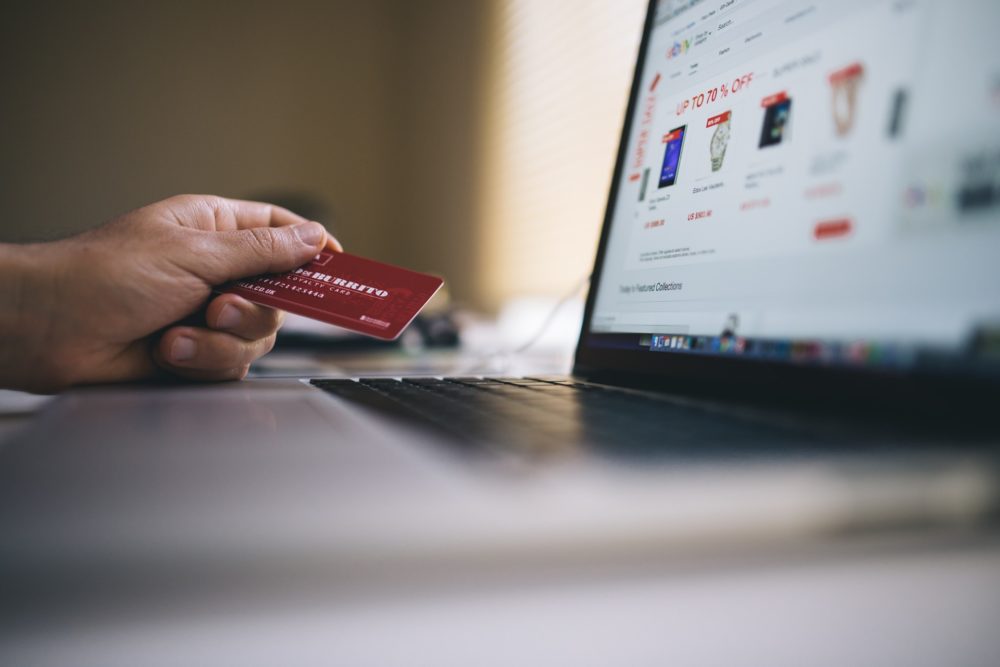
Be Mobile Friendly
Information gathered from the world wide web states that the mobile shoppers in the US demonstrated abandonment for over 10% more than desktop shoppers. If we take a look at further data, we will see that in 2021 over 70% of all visits to retail websites worldwide came from smartphones. So, with this information, it’s clear that mobile retail is important, and all of the key features mentioned above should also be applied to the mobile version of your site. This means you should optimize it to allow consumers to shop on their phones and tablets with ease.

The Pros and Cons of Online Selling
From figuring out that the world wide web is one of the best places to open a business to considering security issues such as PCI compliance and how to invest in e-commerce fraud prevention, there are many advantages and disadvantages to online shopping sites. And although it’s always good to pick some of the best cities to start a business and have a few brick-and-mortar locations, the table below lists all the main pros and cons of online shopping that can inspire you (or discourage) from venturing into the world of online selling.
| Pros | Cons |
|---|---|
| Provides worldwide reach | The starting costs can be significantly high |
| Lowers the transactional costs | It has a very high risk of failure |
| Provides fast delivery of products with little effort from clients | Some clients consider this type of shopping experience impersonal |
| The convenience is one of the biggest advantages | The security is something to be concerned about |
| Keeps clients and businesses in direct contact, without the middlemen | There is space for fulfillment issues |
Understanding the Basics Is the Road to Success
In the end, all of these features work toward a common goal, and it’s to reach wider audiences, increase your revenue and build a name out of your brand. But before we conclude, here is one more important thing every online retailer should have – a well-chosen credit card processing company that provides impeccable credit card processing services. When it comes to payment processors, you should look for those offering the lowest credit card processing fees or simply offering you the best possible services for your enterprise.

